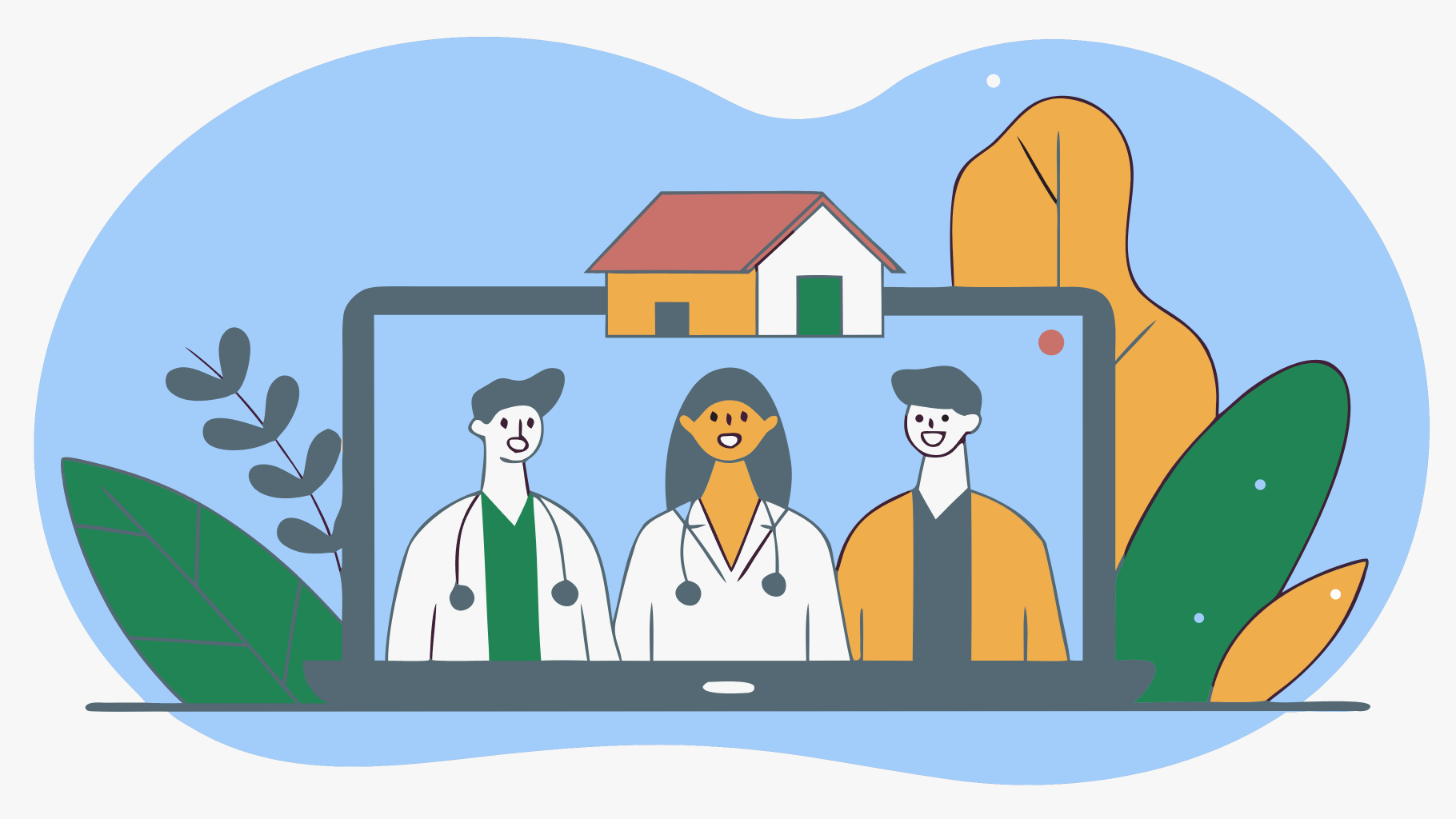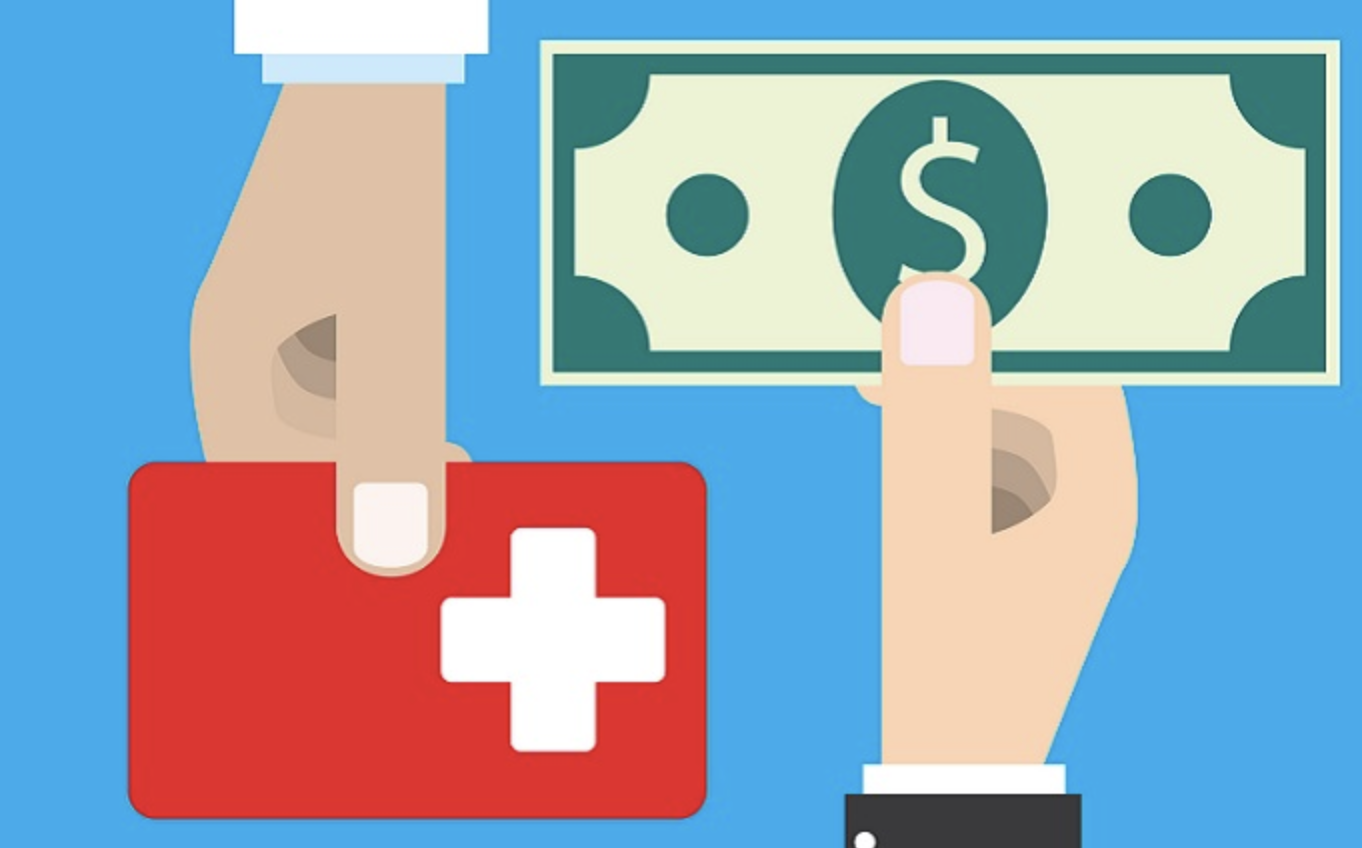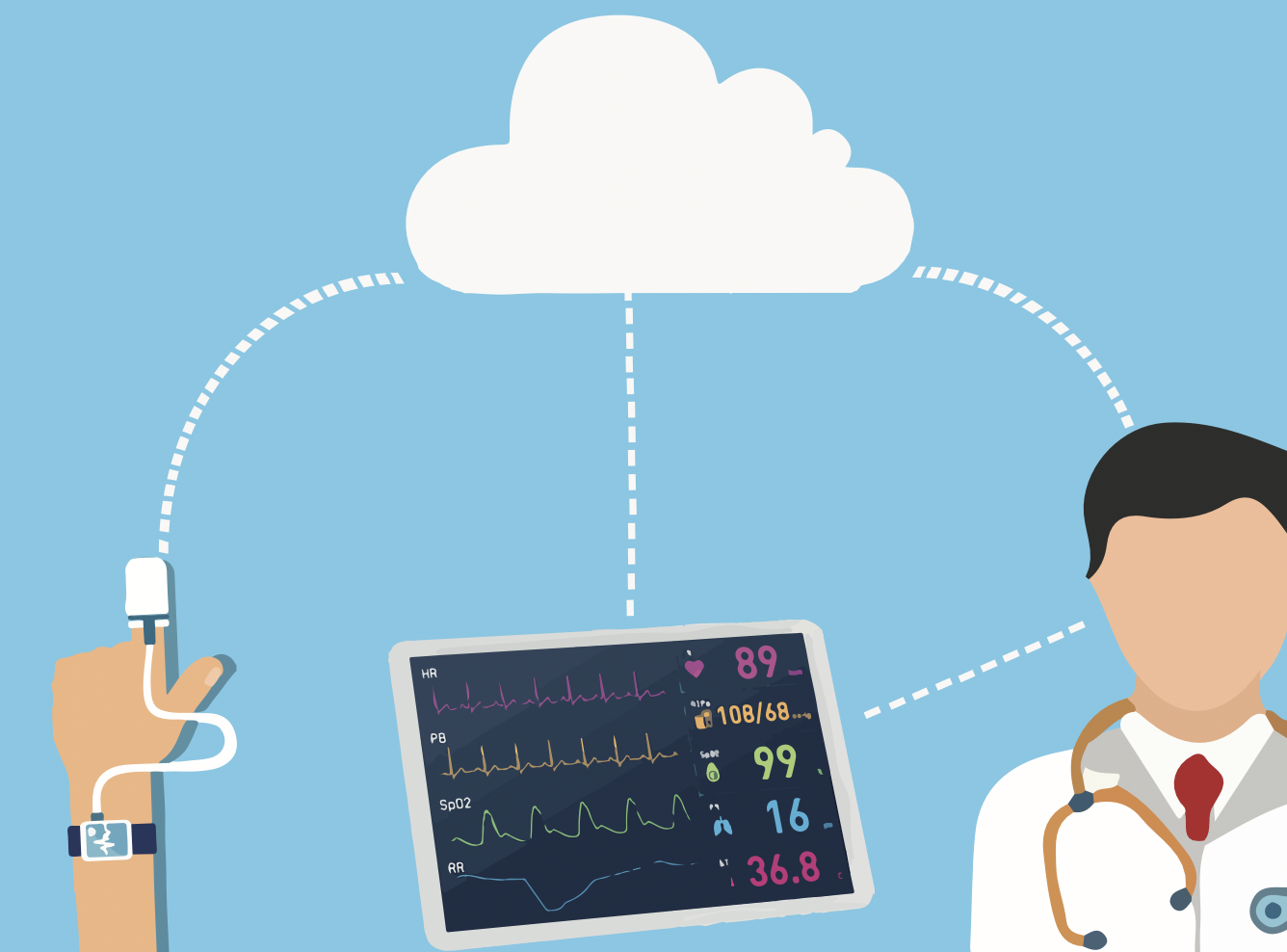How expert U.S.-based teams are the key to Remote Patient Monitoring (RPM) and Chronic Care Management (CCM) programs
Most chronic disease care doesn’t occur in an exam room. It happens at home, in the in-between moments that shape a patient’s health: when they forget a medication, notice a new symptom, see their blood pressure trending upward, or wonder whether something small might actually be serious. These moments matter, and they almost always occur without a clinician present.
Programs like Remote Patient Monitoring (RPM) and Chronic Care Management (CCM) were built to fill that gap. They offer more touchpoints and continuous visibility into a patient’s daily health. While modern technologies make these programs possible, they can’t, by themselves, deliver what patients rely on to stay healthy.
Machines capture information, but information doesn’t reassure a worried patient, keep them engaged month after month, or help them interpret a symptom they don’t understand. The real impact of RPM and CCM depends on what patients respond to most: consistent, relationship-driven human support.
Technology can power remote care, but it can’t deliver it
A patient may see their blood pressure rising but not know if it’s urgent. They may get reminders but still feel unsure about next steps. They may log readings for a week, then stop entirely if no one checks in.
What keeps patients connected to their care plans isn’t the device—it’s the person behind it. Chronic disease management is as emotional as it is clinical. Patients need reassurance when they’re anxious, explanations when they’re confused, and encouragement when they’ve had a setback. Human support is what turns data into action—and it’s something no device or automation can deliver.
The human engine
High-quality between-visit care goes far beyond checking vitals or answering occasional questions. It’s a structured, relationship-driven, clinically informed process; one that reshapes patient behavior and outcomes in ways technology alone cannot. Effective remote care integrates three elements: trust, clinical rigor, and communication that truly resonates with patients.
A named care team member who checks in regularly becomes a familiar voice—someone patients rely on and trust. That relationship keeps them logging readings, following care plans, and raising concerns early rather than waiting for their next appointment.
Knowing names matters
Patients stay engaged when they feel known, understood, and supported. A named care team member who checks in regularly becomes a familiar voice—someone patients rely on and trust. That relationship keeps them logging readings, following care plans, and raising concerns early rather than waiting for their next appointment. That care team member also serves as a steady link back to the provider, helping translate the patient’s lived experience into a meaningful clinical context.
This isn’t soft or optional work; it’s foundational.
A clinical backbone
Connection alone isn’t enough. The best between-visit support is grounded in clinical rigor and an understanding of the patient’s specific condition and treatment regimen. Cardiology, pulmonology, endocrinology, nephrology, and primary care all require different monitoring pathways and escalation steps. A COPD patient’s needs differ from those of a heart failure patient; a hypertensive senior doesn’t need the same guidance as a newly diagnosed diabetic.
Effective remote care requires teams who:
- Follow specialty-specific, clinically validated protocols so monitoring aligns with evidence-based pathways.
- Understand condition-specific patterns and can spot subtle, meaningful deviations.
- Know when and how to escalate issues using practice-approved pathways that prevent deterioration and avoid unnecessary ER visits.
- Apply structured workflows consistently to ensure reliable, documented, compliant care.
This combination of skilled humans operating within clinically sound protocols transforms sporadic touchpoints into a continuous care model.
Great care requires being understood, not just heard
Human support only works when communication is clear, intuitive, and culturally aligned—especially for seniors and high-risk patients who rely heavily on verbal cues and familiar phrasing.
U.S.-based virtual care teams strengthen this human element by offering:
- Clear, familiar communication that reduces confusion and risk.
- Cultural understanding that improves interpretation of everyday symptom language like “feeling off” or “more swollen than usual.”
- Natural communication styles that build trust faster and increase adherence.
- Knowledge of U.S. healthcare terminology and payer expectations, which strengthens documentation and compliance.
When care teams understand both the patient and the medical context, support becomes safer, more effective, and far more engaging. This is what turns remote care into a true extension of the practice—not just a monitoring program.
How practices can scale (the best kind of) remote care support
Even the most committed clinics face the same operational barriers:
X Staff are already stretched thin
X Chronic care requires frequent outreach and follow-up
X Documentation for RPM/CCM is time-consuming
X In-clinic responsibilities always take priority
X High-risk patients need more touchpoints, not fewer
Practices want to support patients proactively, but without added staffing, time, or infrastructure, execution becomes unsustainable. This is where many RPM and CCM programs stall despite strong clinical intentions.
A sustainable solution requires more than devices, dashboards, or occasional check-ins. It requires a dedicated team that can extend the practice with consistency, clinical rigor, and human connection.
That’s why 1bios was built as a true turnkey extension of the clinic, providing trained, vetted, U.S.-based care professionals who handle the day-to-day work of between-visit care. These aren’t call center agents, they’re chronic care specialists who know how to build relationships, follow clinical protocols, and support patients with confidence and clarity.
Our virtual care teams operate as a seamless extension of your practice:
- Dedicated, named care staff whom patients recognize and trust
- U.S.-based professionals trained in chronic disease communication and safe symptom interpretation
- Specialty-specific workflows tailored to your clinic for aligned outreach and escalation
- Consistent daily or weekly outreach that keeps patients engaged
- Thorough, compliant documentation aligned with U.S. regulatory and payer standards
- Hands-on operational support that absorbs administrative burden instead of shifting it back to your team
Because technology, staffing, workflows, documentation, and operational support are delivered under one roof, practices gain a fully operational, relationship-driven virtual care team from day one without the complexity or cost of building it in-house.
Chronic care improves when the human element leads
The future of chronic care is proactive, continuous, and relationship-driven. Technology is essential, but human connection is what turns information into impact. Practices that embrace this model, combining skilled humans, clinically validated protocols, and thoughtful use of technology, will deliver better outcomes, reduce staff strain, and better support their high-risk patients.
And the right virtual care team will make that shift sustainable for years to come.
If you’d like to see how this model works in real workflows, we’d be happy to walk you through it.



